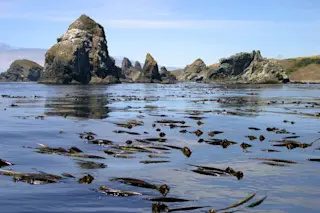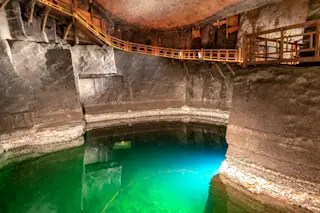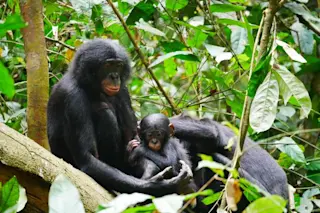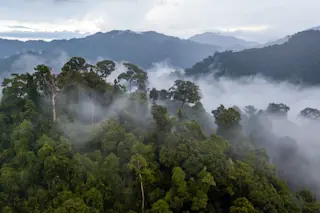The First Americans may have followed a "kelp highway" of marine resources via a coastal route from Siberia to the New World. Nutrient-rich kelp beds such as these, near Crook Point on the Oregon coast, attract salmon and other sea life that would have sustained the early explorers. (Credit Roy W. Lowe/U.S. Fish & Wildlife Service) The average person's idea of how — and when — the first people arrived in the Americas needs a serious revision, say researchers: The First Americans arrived significantly earlier and via a different route than most of us learned in school. There's something fishy about the whole thing. Open most middle school textbooks to the chapter on how our species migrated to the Americas and you'll likely see an image of people in furs trekking over taiga and tundra, the lost world of Beringia. The land bridge, now submerged, once linked Siberia to North ...
Did the First Americans Arrive Via A Kelp Highway?
Discover how the First Americans coastal route challenged traditional migration theories with the kelp highway hypothesis.
More on Discover
Stay Curious
SubscribeTo The Magazine
Save up to 40% off the cover price when you subscribe to Discover magazine.
Subscribe













